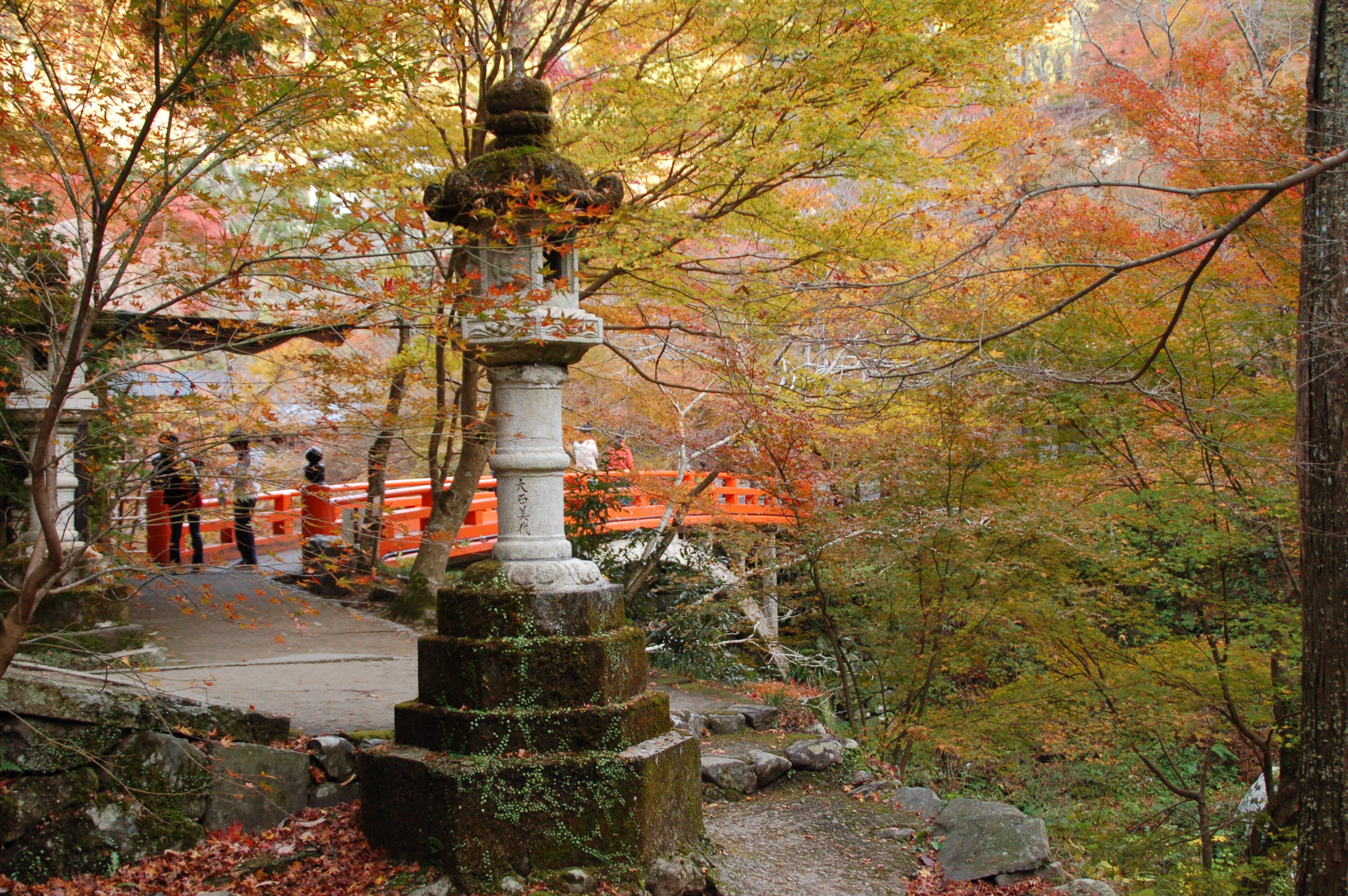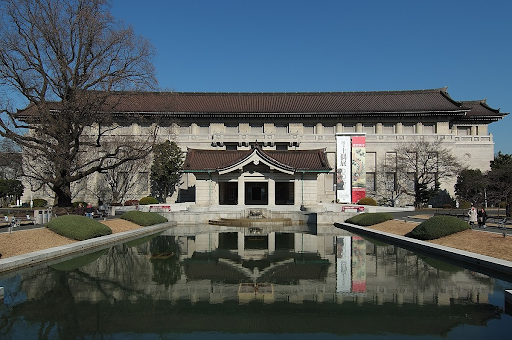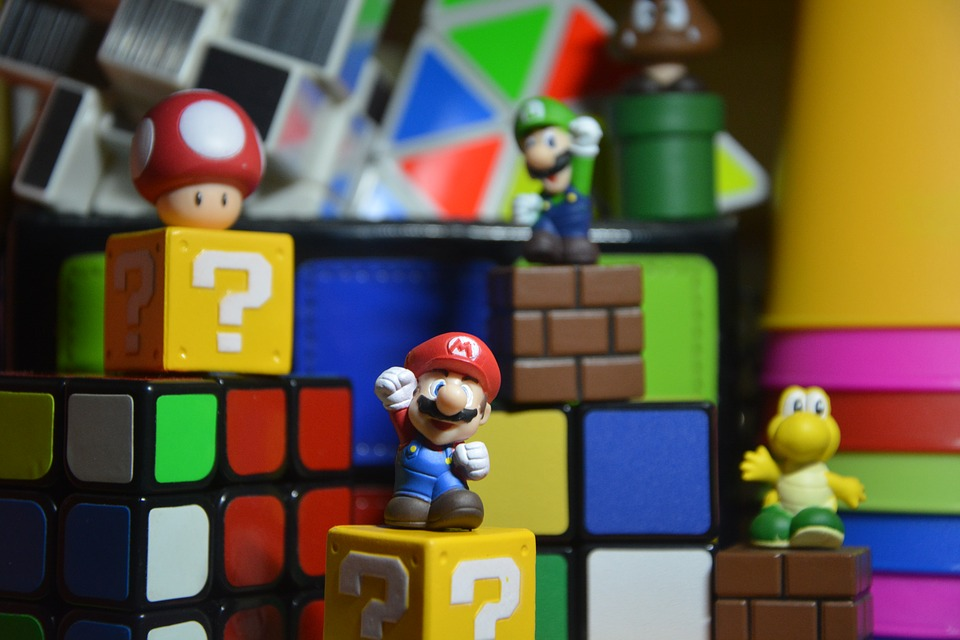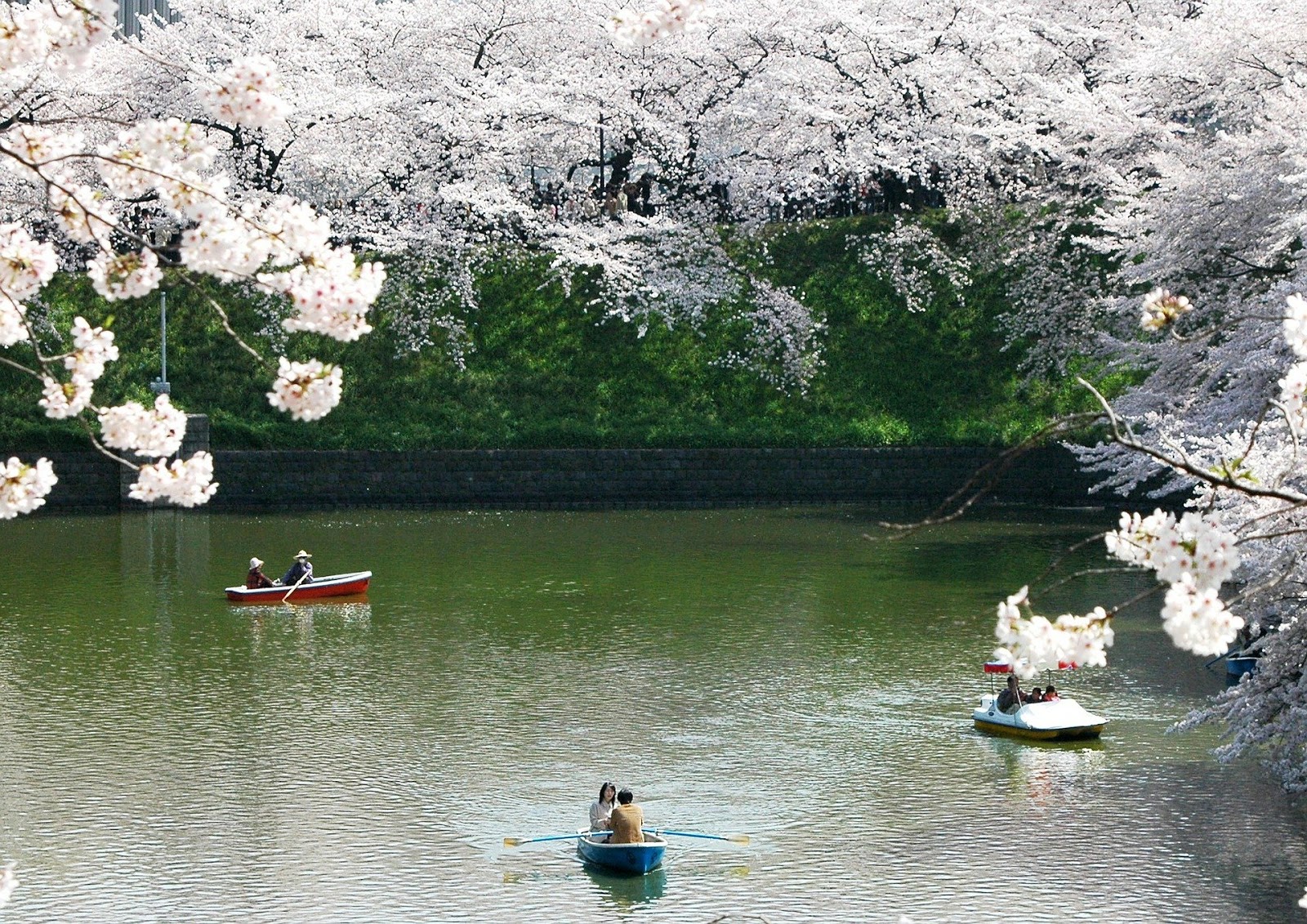Two years ago, when I was in my junior year, I had a Nihongo class, which I took alongside my Spanish 101 class. Learning Nihongo is not hard as you think it would be, but somehow confusing in terms of writing and reading, due to fact that the sentence grammar structures are oppositely arranged. However, when I compared it to Spanish, where masculine, and feminine words have variations, Nihongo is quite better.
On the first day of my Nihongo class, my sensei (teacher) has taught us to properly introduce ourselves, using basic introductory words of the Japanese language. Explaining each word, my sensei taught us the very first thing to say, which is basically common to any other language: a greeting.
Greetings are very important to the Japanese people. They symbolize that a person shows respect and formality. Examples of greetings are; “good morning”, “good afternoon’, or “good evening”. Additionally, greetings are habitually followed by a bow. This has three different approaches: the informal bow or eshaku (15-degree bow), the formal bow or keirei (30-degree bow), and the traditional bow or saikeirei, which is the 45-degree bow.

Photo by Asanagi. Licensed under Creative Commons.
In introducing ourselves, we followed these four steps to a successful introductory speech:
- Smile and be friendly while saying the opening words.
- Start the introduction by saying a greeting, followed by a bow
- Share relevant information about yourself such as your name
- Closing annotation
Without further ado, let me teach you the basic Nihongo words I learned back in College.
INITIAL APPROACH
Hajimemashite – はじめまして (Nice to meet you)
GREETING
Good morning – おはようございま (Ohayou gozaimasu), where “masu” is pronounced as “mass”. However, if you prefer to be more casual you can just say おはよう (Ohayou)
Hello/ Good afternoon – こんにちは (Konnichiwa)
Good evening – こんばんは(Konbanwa)
STATING NAME
My name is _________ – わたしのなまえは_____です(Watashi no namae wa ________(name) desu), where “desu” is pronounced as “dess”
CLOSING
Please be nice to me – よろしくお願いします (Yoroshiku onegaishimasu), where “masu” is pronounced as “mass”
There are variety of ways and phrases to introduce yourself in Japanese, but these phrases are the words I learned back in college. And to finally cap off this topic, let me introduce myself in Japanese:
Japanese: はじめまして, おはようございま! わたしのなまえは KIM ROLDANです. よろしくお願いします
Roman reading: Hajimemashite, Ohayou gozaimasu! Watashi no namae wa Kim Roldan desu. Yoroshiku onegaishimasu!
English: Nice to meet you, good morning! My name is Kim Roldan. Please be nice to me.
Hope this blog will help you in future occasions when you encounter a Japanese.






